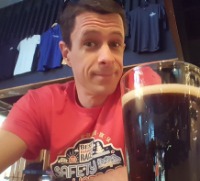Roland, I've found there are multiple factors to dealing with large maps on Roll20: The actual dimensions, you mention 120X75, which is super large by Roll20 standards. The resolution of the map. Obviously, you want as much detail as you can, and many come at 144 or higher resolution, but that comes at a cost. People have different thresholds for "acceptable", so you might experiment with what you are comfortable with. 72dpi is "standard" — the 144dpi is double that resolution to supply more detail — and may be fine for large areas of generic forest or swamp or whatever. Consider breaking a larger map into a sections such as lower res larger view and higher res smaller section. You can also tile smaller map sections multiple times, which is more cost-effective memory and speed wise if you have terrain that is very similar. File type for the artwork can affect how it looks. You can get smaller files with JPEG, but it can cause some nasty artifacting as the trade-off. PNG doesn't compress in the same manner so keeps the detail but at the cost of larger files. Keep your goals in mind. If you need ultra detailed map detail you may be able to improve speed using a combination of techniques above, but you might also want to consider other VTTs. I like Roll20, but I'm told others handle larger maps better. I consider the maps helpful but not literally true (ground doesn't have a grid on it when I walk around), so I'm ok with the quality tradeoff to get more speed moving around. But your games may play differently. I hope some of that might help. Good luck! M



